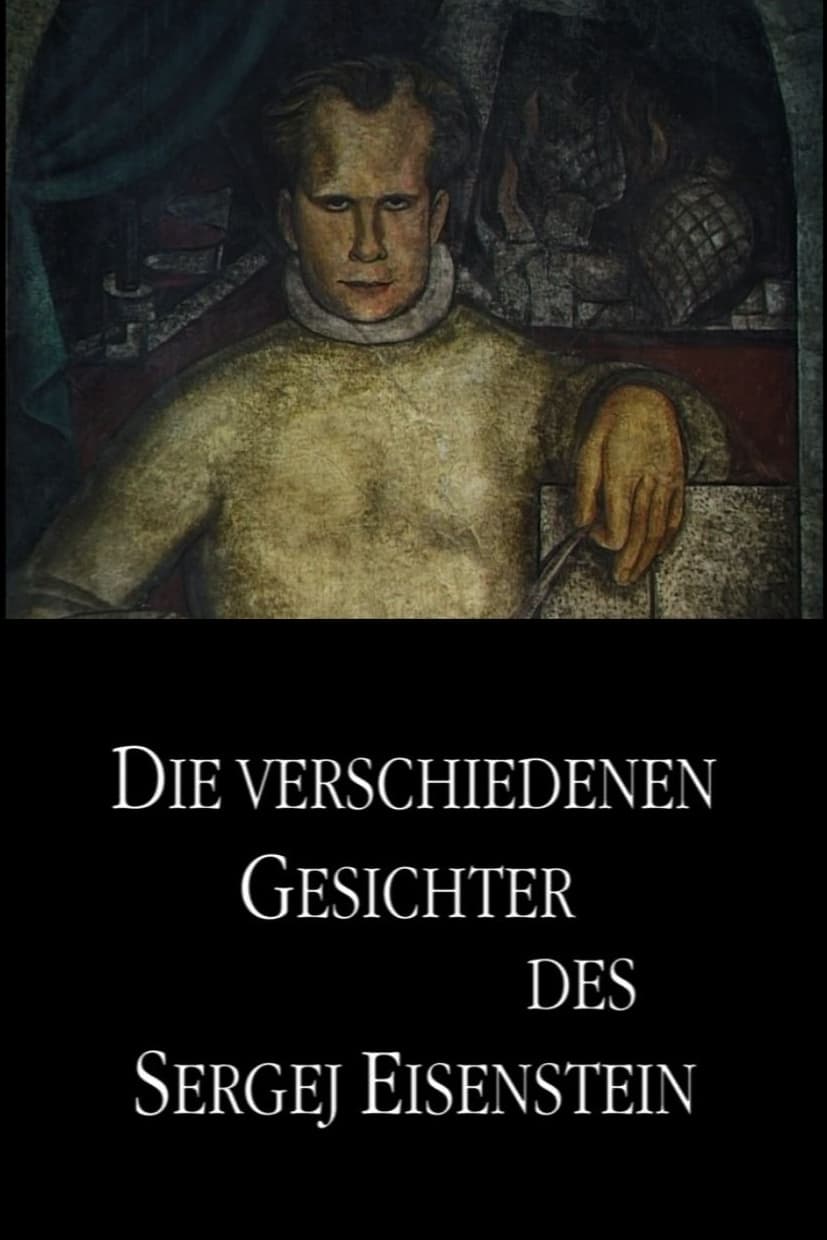

As a teenager, Sergei Eisenstein signed his drawings with "Sir Gay". Mark Rappaport sees clear signs of his sexual preferences throughout the Russian’s film oeuvre. Numerous asides illustrate how Hollywood productions likewise frequently played with nods and winks and typical motifs from gay culture.

The true story of Mei Lanfang, China's greatest opera star; a husband and father whose world-wide fame came from the portrayal of women. His fascinating life was the basis for the feature film Farewell My Concubine.

Eisenstein is celebrated either as the last Leonardo da Vinci of modernity or attacked as Faustus, Faustus who made a pact with the devil. Whichever is the case, neither friends nor foes are able to resist the powerful draw of Eisenstein's work. He was a person of complexity who was understood in very different ways, as a generous cosmopolitan and a stingy hermit, a cynic and yet a highly sensitive, vulnerable being. The film deals with a number of phases in Eisenstein's life, and tries to get away from the orthodox image of him by using new material to shed a different light on his biography.

Eisenstein shot 50 hours of footage on location in Mexico in 1931 and 32 for what would have become ¡Que viva México!, but was not able to finish the film. Following two wildly different reconstruction attempts in 1939 (Marie Seton's 'Time in the Sun') and 1979 (Grigori Alexandrov's '¡Que viva México!') Kovalov has here compiled another hypothetical version of what Eisenstein's film might have been.

A free film adaptation of the director's memoirs. In form, this is the "stream of consciousness" that attracted Sergei Eisenstein after getting acquainted with the experiments of James Joyce. The outer outline of the film is a long foreign trip of the director, which began in 1929, during which he recalls his past life and considers creative ideas. The film is constructed as a free alternation of reality, dreams, and fantasies. The material for it is fragments from the films of Sergei Eisenstein and his fellow contemporaries, documentary footage depicting the director and his time. The wide coverage of the faces and events reflected in the film shows the special role of Sergei Eisenstein in the culture of the twentieth century…
The Island of the Dead is a film about the demise of the Russian Epocha Modern. The symbol of this culture was the legendary Russian film star Vera Kholodnaya, who evoked a poetic image of the young urban woman on the silver screen. Her death in 1919, shrouded in tragedy and mystery, put a symbolic end to the pre-Revolutionary period. The Island of the Dead is composed of fragments from numerous films from this period, juxtaposed with other contemporary artistic expressions such as music and painting. Kovalov shows convincingly how the fragile beauty of the Russian Epocha Modern had to make way for the pressure of Futurism, Constructivism and other 'progressive trends', and how these '-isms' were then also relegated to the melting pot to be remoulded by totalitarian norms.
Sergei Mikhailovich Eisenstein was a pioneering Soviet Russian film director and film theorist, often considered to be the "Father of Montage." He is noted in particular for his silent films Strike (1924), Battleship Potemkin (1925) and October (1927), as well as the historical epics Alexander Nevsky (1938) and Ivan the Terrible (1944, 1958). His work profoundly influenced early filmmakers owing to his innovative use of and writings about montage.
By browsing this website, you accept our cookies policy.